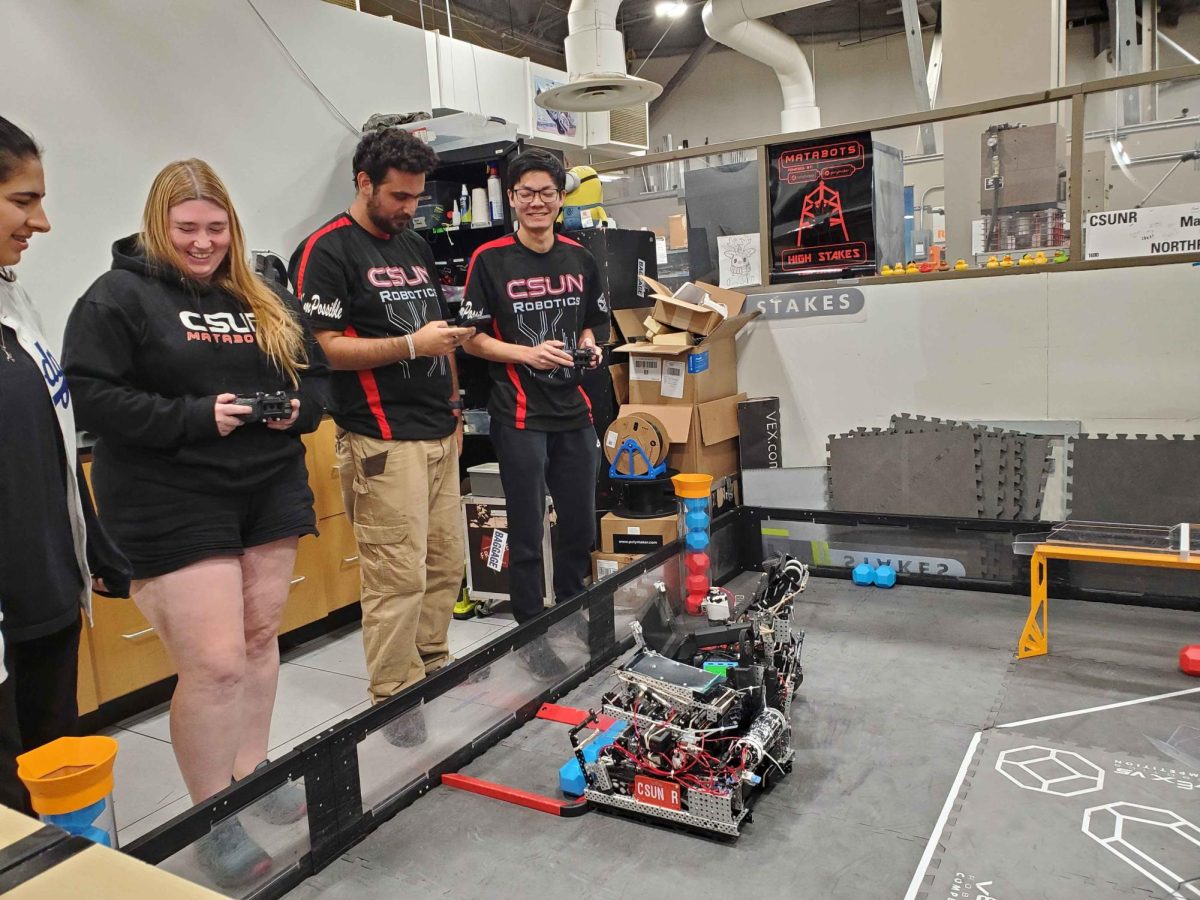When the wildfires hit Los Angeles this past January, the LA community rallied and donated food, supplies, and clothing to those impacted. The outpouring of support presented an unexpected challenge for these donation drives: a surge of used clothing.
“There was a big influx of items, and we had to figure out how to sort them, what was actually wearable or usable,” said Brian Hand, owner of Hand-Brewed Beer and CSUN Alumni.
As residents of the San Fernando Valley, Hand and his colleagues felt compelled to support their community by organizing a donation drive. However, the surplus of used and unwearable clothing overwhelmed them. According to Hand, what started as an Instagram post asking for donation drop-offs became a full-fledged operation. The donation numbers were so large that they needed to limit the number of used donations accepted daily, eventually accepting only brand-new clothing.

The Problem with Clothing Donations in Disaster Relief
The surplus of unwearable clothing was a recurring problem, as donation disaster relief organizations like the Red Cross and Salvation Army discouraged community members from donating clothing.
“We don’t just take everything—we sort through donations. If it’s something you wouldn’t put on your own family, others probably won’t want to wear it either,” said Rowan Vansleve, president of Hope the Mission. “When a crisis happens, people want to give, but we need to make sure donations are actually useful. Wet, moldy or destroyed items don’t help anyone.” Vansleve said.
Vansleve said he had received calls from other organizations unsure what to do with the large influx of unwanted clothing donations. Since Hope The Mission operates seven thrift stores, it was able to resell, recycle or repurpose the donations.
The Environmental Cost of Unwanted Clothing
According to a US Environmental Protection Agency (EPA) study, landfills received 9.07 million tons of clothing and footwear waste in 2018. Many organizations have to trash clothing waste, contributing to climate change and negative environmental impact.
According to Tracie Tung, the lead faculty member of CSUN’s Sustainable Fashion Program, most clothes are made from blended fabrics, which require time-consuming and labor-intensive separation before they can be repurposed.
“A jacket might have a plastic zipper, cotton body, and polyester lining. Each material has to be separated, which makes recycling very difficult.” Tung said.

A Better Way to Give: Sustainable Donation Practices
In response to the overwhelming number of donated clothing, the SUAY IT FORWARD textile recycling program expanded its mission with the Textile Rapid Response Program, which addresses the influx of clothing donations from fire relief efforts. Through organizations like SUAY, consumers pay money per bag of used clothing to ensure their materials will be appropriately recycled.
According to Rebbeca Black Thompson, SUAY’s Chief Operations Officer, SUAY collected over 50,000 pounds of textiles in two weeks, which has now doubled to 100,000 pounds of textile waste. SUAY worked with organizations across LA to manage excess donations and create a roadmap for textile management in environmental crises.
Relief organizations and sustainability experts urge the community to participate in more thoughtful giving practices:
Donate Money and Prioritize Essential Items: Vansleve says that financial donations have the most significant impact, allowing charities to purchase essentials at a lower cost. However, necessities such as socks, underwear, diapers, and baby formula are always in demand. Gift cards also provide flexibility for families in crisis and give them more autonomy over purchasing what they need.
Donate Strategically: If donating clothing, ensure its condition is wearable, seasonally appropriate and needed by the organization.
Use Clothing Swaps and Thrift Stores: Tung says to consider swapping clothes with friends or repurposing old garments before donating.











